Nowadays we take the availability of alloy wheels for granted, but they have in fact only been popular, and widely available, since the 1980s. So where did they come from?
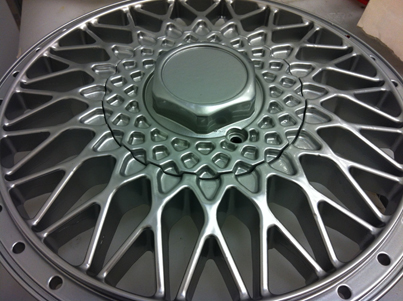 Alloy wheels have been offered sporadically since 1924. Before this, wheels were usually comprised of two pieces of pressed steel – the rim and the disc – which were welded together. The other option was an aluminium rim, which was connected to the centre by metal spokes.
Alloy wheels have been offered sporadically since 1924. Before this, wheels were usually comprised of two pieces of pressed steel – the rim and the disc – which were welded together. The other option was an aluminium rim, which was connected to the centre by metal spokes.
One of the first to realise that alloy wheels have the power to offer greater stiffness and reduced weight was Ettore Bugatti, who featured them on his Type 35 in 1924. The wheels also improved brake cooling, and Bugatti continued to develop cast alloy wheels until he arrived at the stunning 24 inch version used on the Type 41 Royale.
After the Second World War, the alloy designs were augmented by Panhard, which developed a radially finned aluminium brake drum to double as the wheel centre. Cadillac and Pontiac later introduced similar versions, which also had a centre cap covering the mounting lugs. Many vehicles had an adapted plate that allowed for the open-centre rims to work with wheel balancing machines.
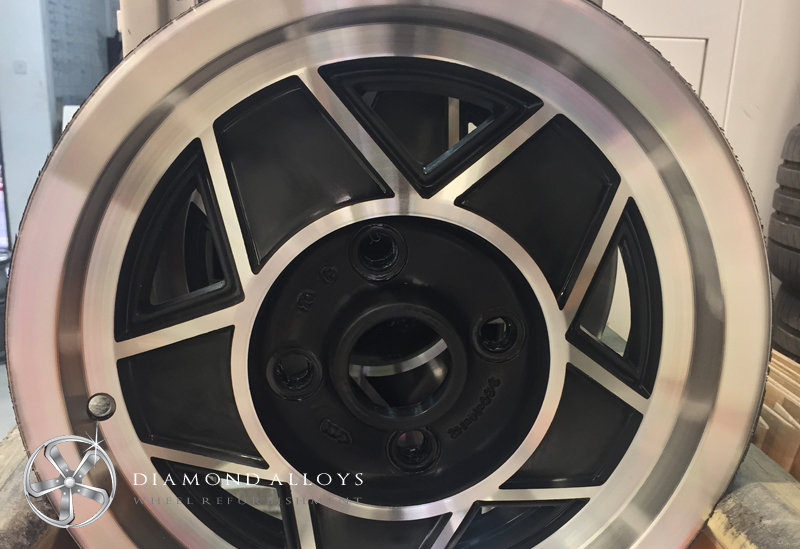 The 60s saw more makes offering alloys, although they still weren’t hugely popular. Abarth put magnesium wheels on most of their models from 1962, while Ferrari introduced their first alloy, the magnesium Cromodora Starburst, on their 275 GTB in 1964. The Corvette, the Alfa Romeo GTA, the 1965 Mustang, the 1965 Lamborghini Miura and the 1966 Fiat Dino also featured alloy wheels. Porsche came to the party slightly later, adding their first alloy to the Porsche 911S in 1966. They were consistent, however, and the alloy has remained standard on the 911 for decades. Aston Martin came to the party with an alloy on the DBS V8 in 1969, with Mercedes following a year later.
The 60s saw more makes offering alloys, although they still weren’t hugely popular. Abarth put magnesium wheels on most of their models from 1962, while Ferrari introduced their first alloy, the magnesium Cromodora Starburst, on their 275 GTB in 1964. The Corvette, the Alfa Romeo GTA, the 1965 Mustang, the 1965 Lamborghini Miura and the 1966 Fiat Dino also featured alloy wheels. Porsche came to the party slightly later, adding their first alloy to the Porsche 911S in 1966. They were consistent, however, and the alloy has remained standard on the 911 for decades. Aston Martin came to the party with an alloy on the DBS V8 in 1969, with Mercedes following a year later.
A variety of different wheels were favoured by different manufacturers, but it’s estimated that the Minilight wheel, introduced in 1964, was the most popular aftermarket wheel ever. Available in both magnesium and aluminium, the wheels were used by factory competition teams everywhere. The first budget-friendly wheel available to all motorists was an aluminium alloy offered on the VW Golf, Scirroco, Passat and Audi in 1974.
Alloy wheels finally reached peak popularity in the 1980s, and have remained that way ever since. Although their styling and design has evolved over the years, the benefits remain: better stiffness, lighter weight and unique styling that puts your own individual stamp on your car.

 Follow
Follow
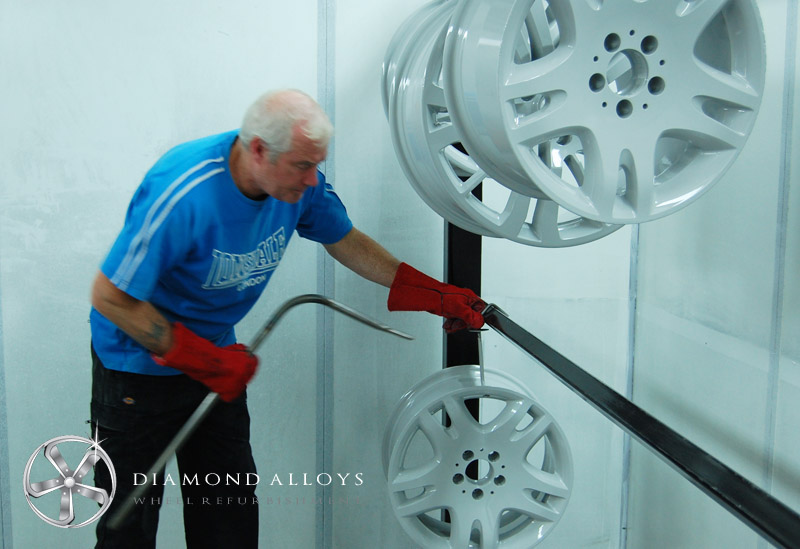
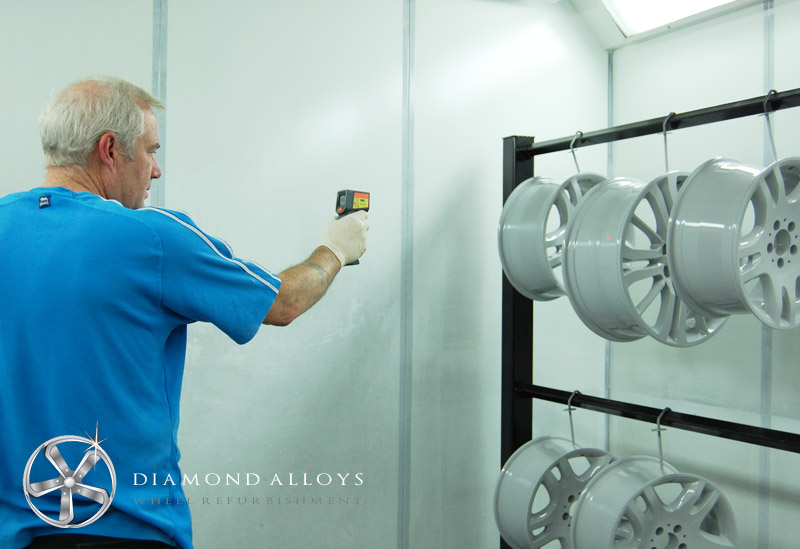
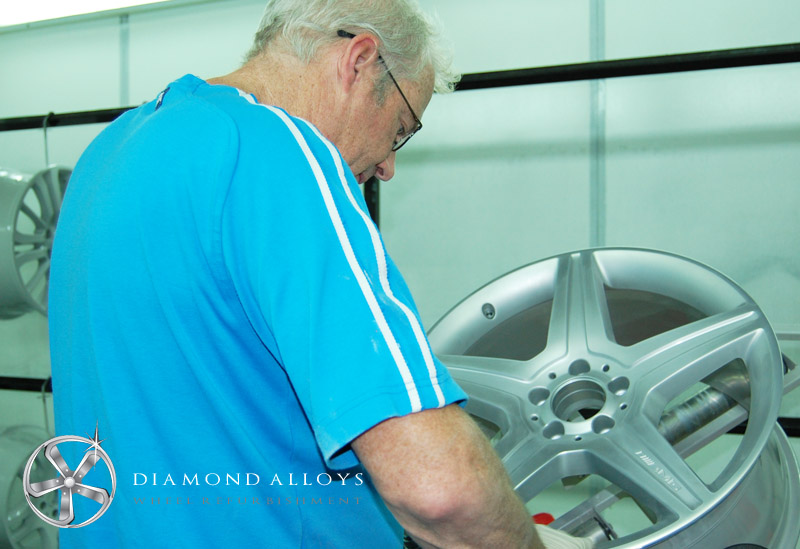
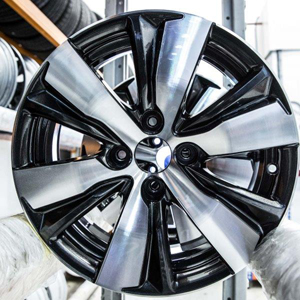 According to Oliver Rak, Project Manager at Mercedes Benz, when it comes to what is on trend for alloy wheels this year “It is a continuation of last year’s trends: large formats are still very much ‘in’, as well as are light-alloy wheels with a high-sheen finish, whose allure stems from the contrast between the seemingly bare metal surface and the painted areas.”
According to Oliver Rak, Project Manager at Mercedes Benz, when it comes to what is on trend for alloy wheels this year “It is a continuation of last year’s trends: large formats are still very much ‘in’, as well as are light-alloy wheels with a high-sheen finish, whose allure stems from the contrast between the seemingly bare metal surface and the painted areas.”




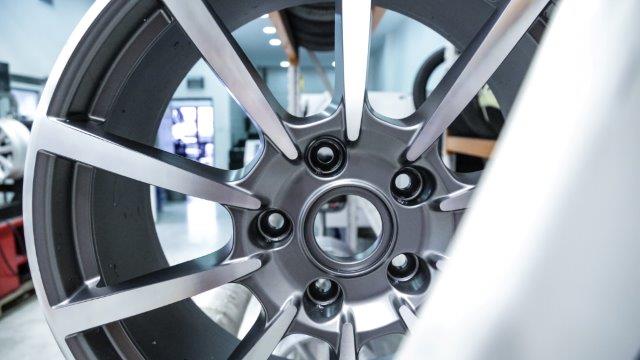 We love to shout about how good we are at repairing and refurbishing alloy wheels. We believe the proof is in the pudding and so regularly share finished wheels on our
We love to shout about how good we are at repairing and refurbishing alloy wheels. We believe the proof is in the pudding and so regularly share finished wheels on our 









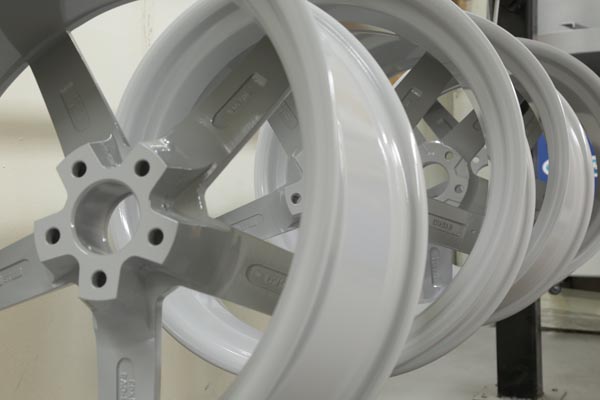 Have you ever had someone ‘pop in’ to see you unexpectedly? Did you then do what millions of us do, and spend five minutes frantically making the place look as clean and tidy as possible – perhaps by hiding all the dirty dishes in a cupboard? There’s no shame in these temporary measures, because that’s just what they are – temporary. You’re simply trying to give your guest a pleasant experience, not to mention protect your reputation as a homeowner! What you’re not doing is permanently keeping those dirty plates in the cupboard, or leaving that pile of un-ironed laundry hidden behind the sofa forever. That would be terrible, right?
Have you ever had someone ‘pop in’ to see you unexpectedly? Did you then do what millions of us do, and spend five minutes frantically making the place look as clean and tidy as possible – perhaps by hiding all the dirty dishes in a cupboard? There’s no shame in these temporary measures, because that’s just what they are – temporary. You’re simply trying to give your guest a pleasant experience, not to mention protect your reputation as a homeowner! What you’re not doing is permanently keeping those dirty plates in the cupboard, or leaving that pile of un-ironed laundry hidden behind the sofa forever. That would be terrible, right?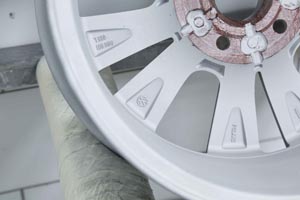 If you agree with that, then you can imagine how we feel about companies that only repair and maintain the front of the wheel. It’s the same kind of thing – they’re only treating the areas that people can see and letting the hidden areas, in this case the back of the alloy, become filthy and unloved. The worst thing is that it often isn’t made clear that this is what the company has done, mean that customers think that their wheels are more protected than they are in reality.
If you agree with that, then you can imagine how we feel about companies that only repair and maintain the front of the wheel. It’s the same kind of thing – they’re only treating the areas that people can see and letting the hidden areas, in this case the back of the alloy, become filthy and unloved. The worst thing is that it often isn’t made clear that this is what the company has done, mean that customers think that their wheels are more protected than they are in reality.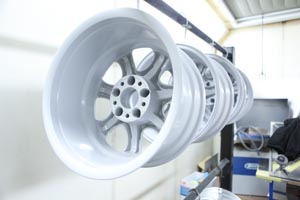 Here at Diamond Alloys we powder coat and paint the entire alloy, not just the front. This is because we are committed to providing the highest quality service possible, and because we believe that all parts of an alloy should be cared for equally, regardless of whether or not they are visible.
Here at Diamond Alloys we powder coat and paint the entire alloy, not just the front. This is because we are committed to providing the highest quality service possible, and because we believe that all parts of an alloy should be cared for equally, regardless of whether or not they are visible. 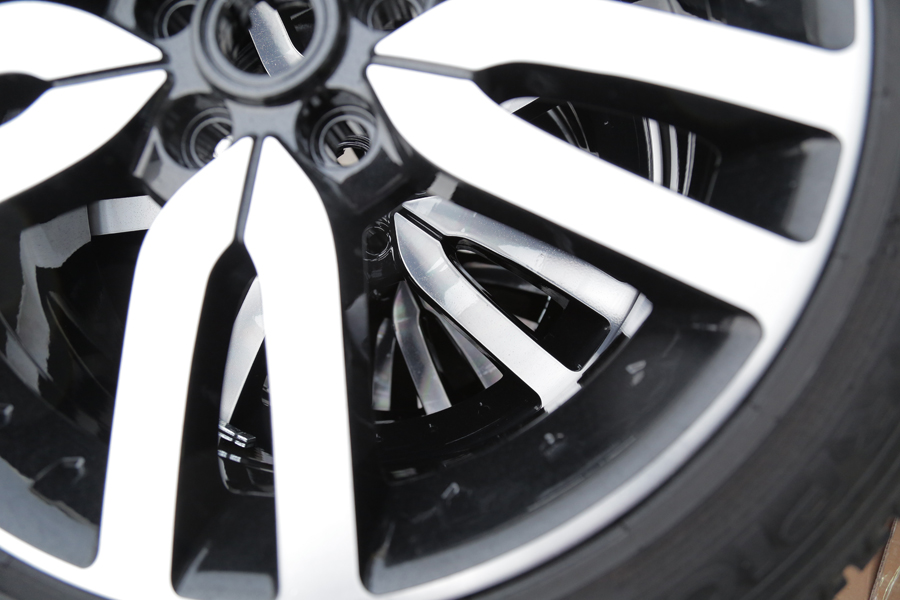 Once you start looking into repairs that will preserve the aesthetics of your car’s wheels, it won’t be long before your research leads you to the phrase ‘
Once you start looking into repairs that will preserve the aesthetics of your car’s wheels, it won’t be long before your research leads you to the phrase ‘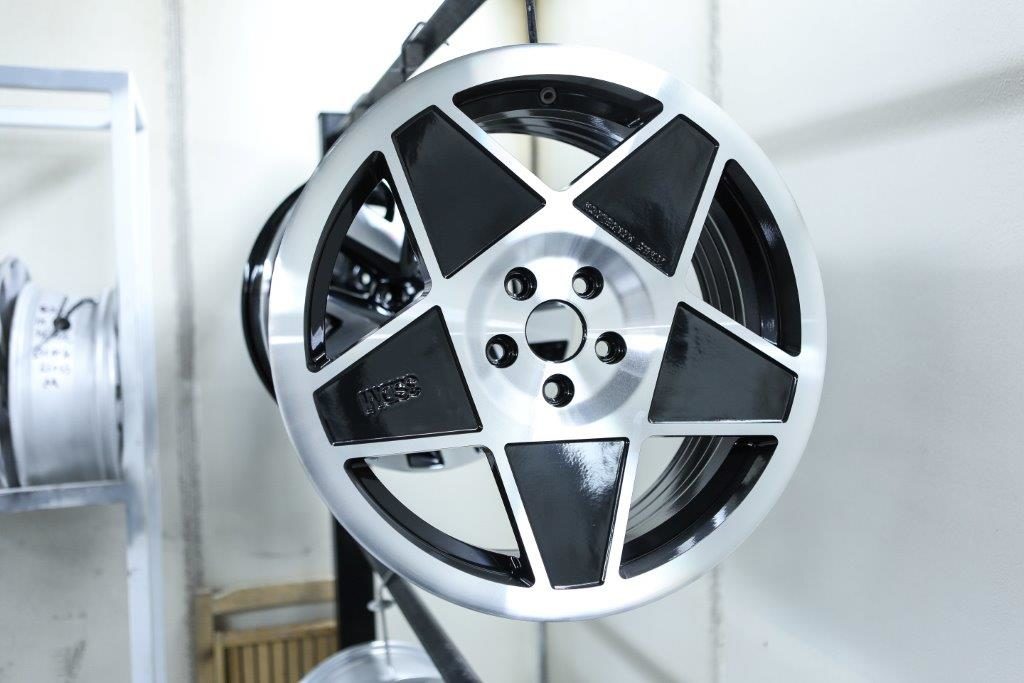 After the cleaning the wheel is
After the cleaning the wheel is 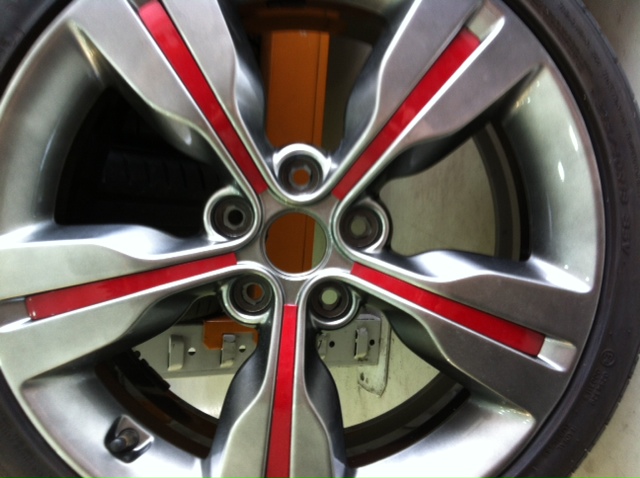 One of the questions we get asked a lot is ‘what colour should my alloy wheels be?’ This is often because people see car manufacturers introducing models with particular colours of alloy, particularly for higher end cars, and assume that there is a right way and a wrong way to style their car.
One of the questions we get asked a lot is ‘what colour should my alloy wheels be?’ This is often because people see car manufacturers introducing models with particular colours of alloy, particularly for higher end cars, and assume that there is a right way and a wrong way to style their car. 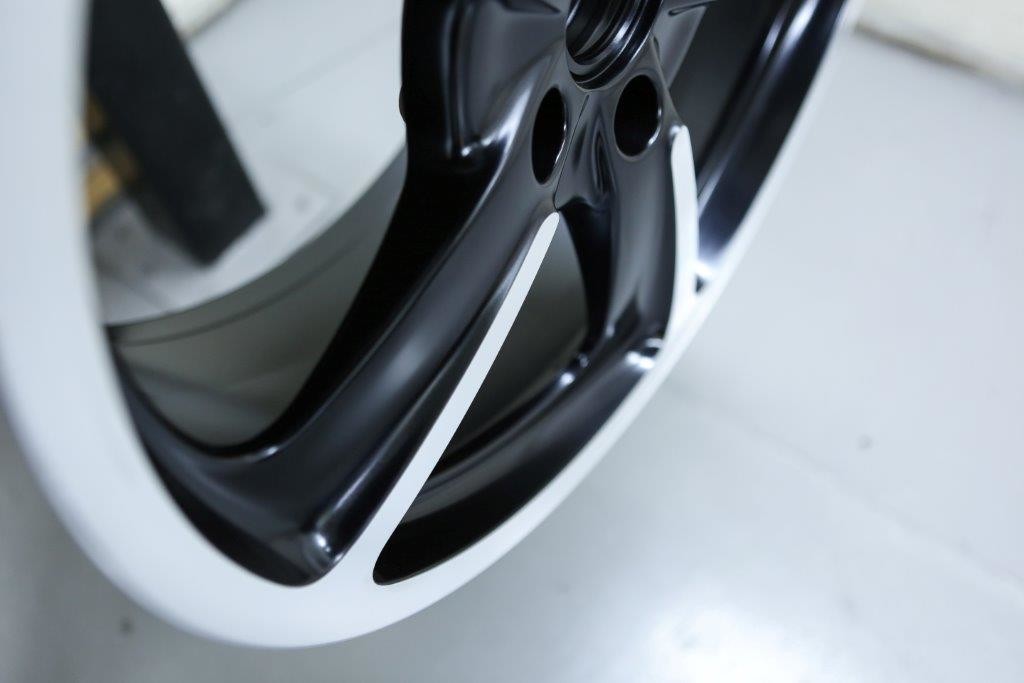
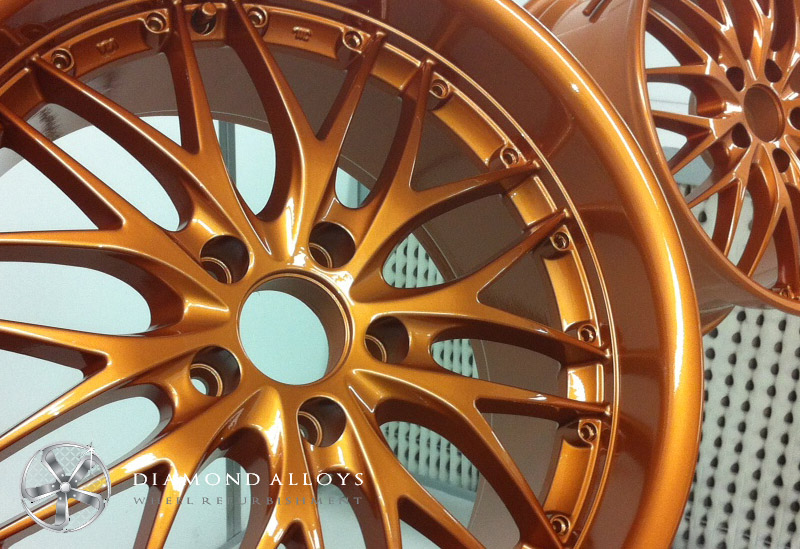
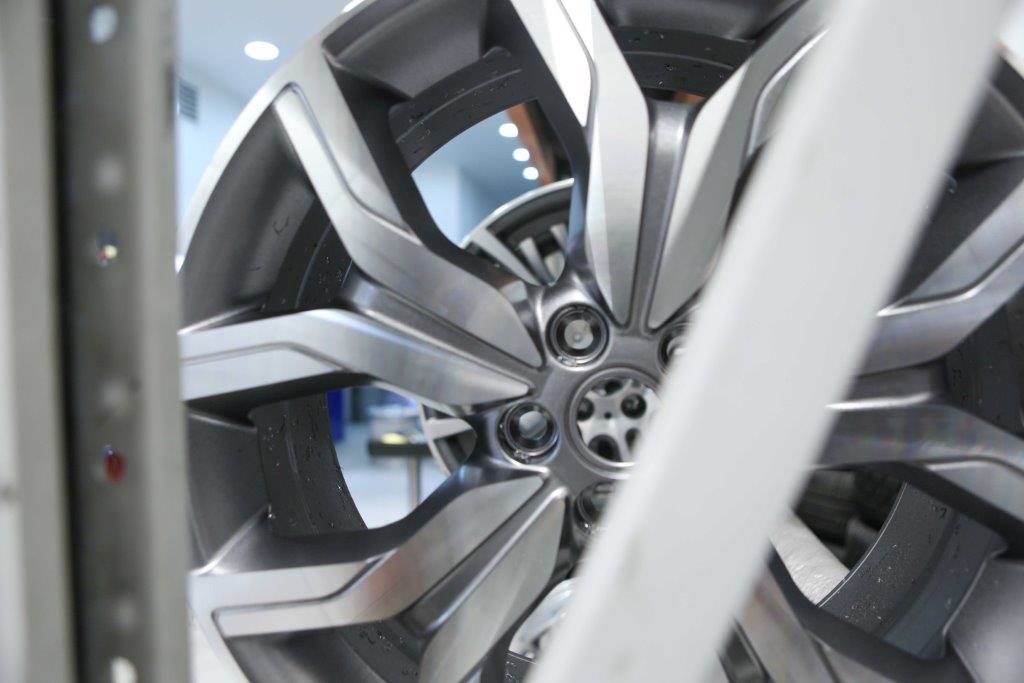 Let’s not forget silver
Let’s not forget silver 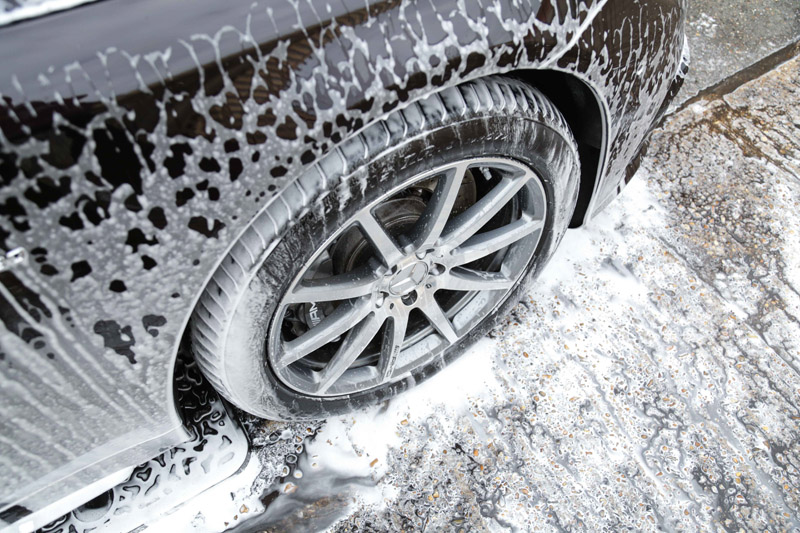 So you’ve
So you’ve 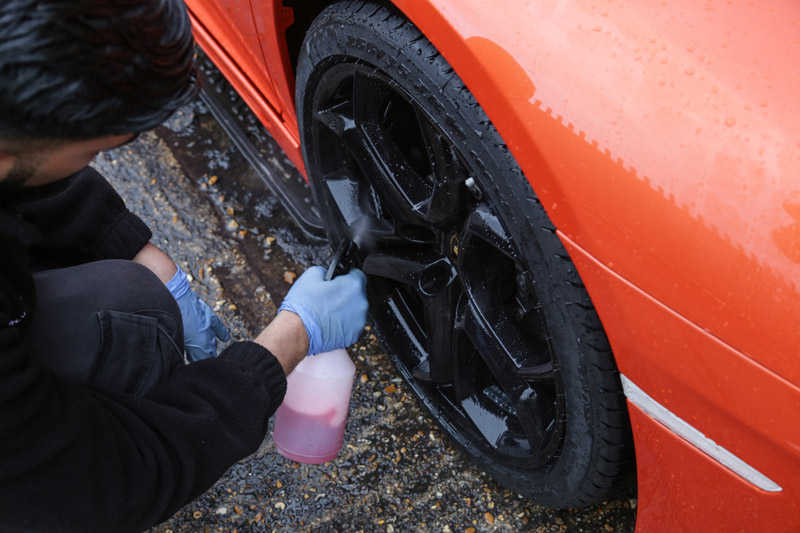 Apply the wheel cleaner
Apply the wheel cleaner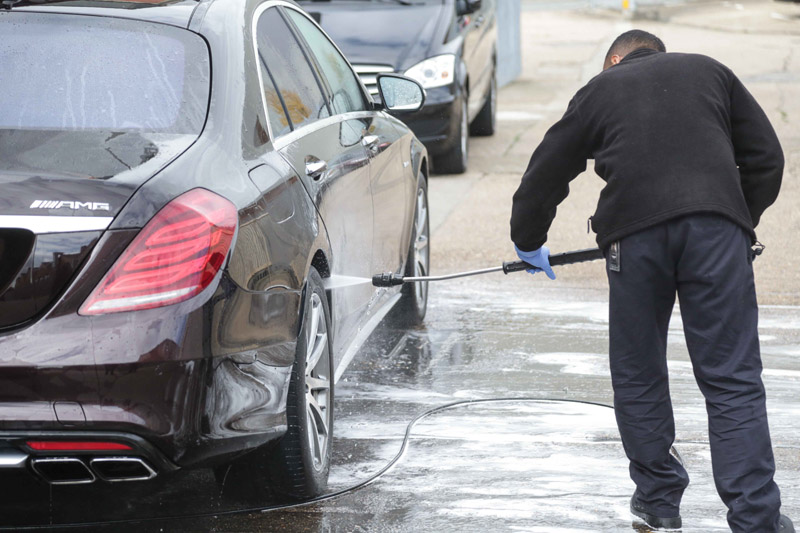 Rinse everything thoroughly. There’s no point scrimping at this stage so go to town with your hose or buckets.
Rinse everything thoroughly. There’s no point scrimping at this stage so go to town with your hose or buckets.